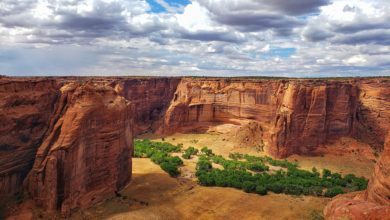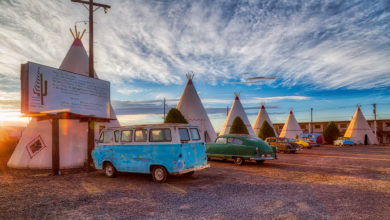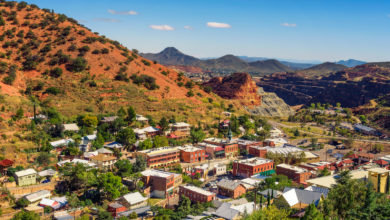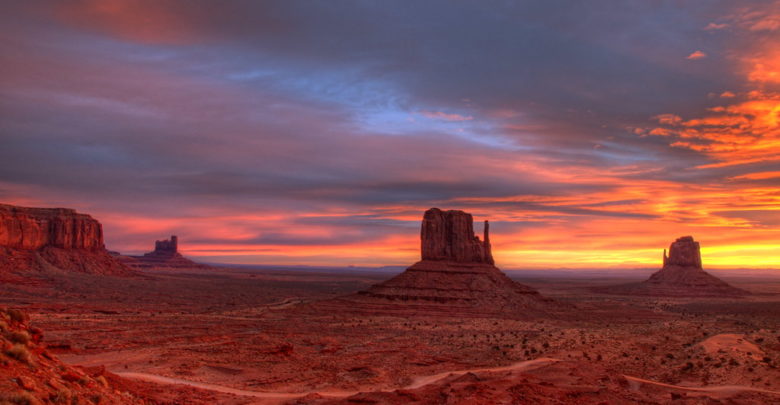
There is nothing more majestic than watching an Arizona sunset. The colors – oranges, red, blue, purple and pink – kiss the state’s rugged landscape and assure those lucky enough to catch a glimpse that they are experiencing something extraordinary. Whether you want to experience Arizona’s golden hours or the otherworldly views, there are a few unique spots that hold your gaze any time of day.
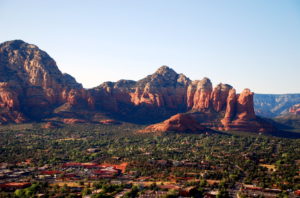
Sedona
Sedona has it all. You’ll find it is a secluded paradise, even though it is a popular destination, with its red-rock buttes, canyon walls, and pine forests. The rock formations that greet you when you enter the town can seem neon orange at times but take on many different colors throughout the day.
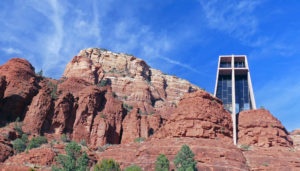
For the adventurer, views are just a hike, bike or jeep ride away. The Hangover Trail is especially grand as it climbs a ridge crossing at a high saddle and offers breathtaking panoramas.
The Chapel of the Holy Cross sits high upon the Sedona rock formations and allows guests to experience the chapel that blends perfectly into the landscape and captures the best views Sedona has to offer through its windows.
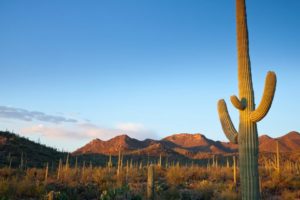
Saguaro National Park
Near Tucson, the cacti that epitomizes the American Southwest makes its home in a very small portion of the United States, the Sonoran Desert. The giant saguaro is protected at Saguaro National Park and it is here where you can capture their silhouette among the desert landscape with the perfect Arizona sunset.
Some fun facts about the saguaro … It doesn’t begin to get its branches until it is 50 to 75 years of age, it’s not considered an adult until it is 125 and it lives up to 175 years!
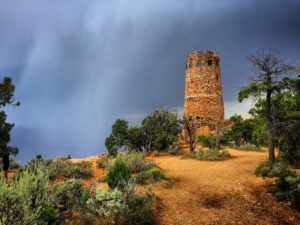
Desert View Watchtower – South Rim of Grand Canyon National Park
It is no surprise the Grand Canyon makes the list of the most breathtaking views in Arizona. The Desert View Watchtower, perched on the edge of the Grand Canyon, makes for a unique viewpoint, away from the usual hustle and bustle of the South Rim.
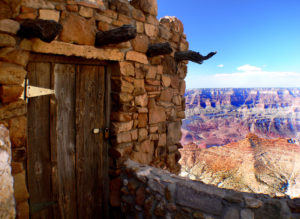
It gives you a panoramic view of the Painted Desert and, at this vantage point, you can see up to 100 miles on a clear day. Plus, you can spot the Colorado River cutting through the canyon below and the North Rim of the Grand Canyon more than 10 miles away. Mary Colter, who is widely known as the architect of the Southwest, designed the tower. Her buildings incorporate many Native American elements and blend into the desert landscape.
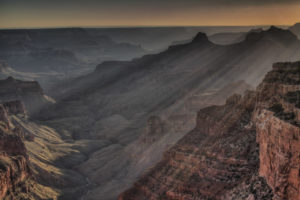
Cape Royal – North Rim of Grand Canyon National Park
Cape Royal is the southernmost viewpoint on the North Rim of the Grand Canyon and boasts the widest panorama in the park. The gorge dominates about 270 degrees of the horizon, from Marble Canyon in the north, south past Palisades of the Desert and west toward the main South Rim visitor center. At Cape Royal, you’ll find Angel’s Window, a natural arch within the limestone, which perfectly frames the Colorado River below.
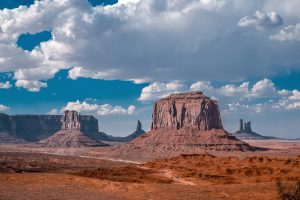
Monument Valley
Monument Valley Navajo Tribal Park wasn’t widely known until John Ford began shooting movies like Stagecoach and The Searchers. Thanks to movies as recent as Forrest Gump and the television series Doctor Who, many people picture Monument Valley when they think of the American Southwest.
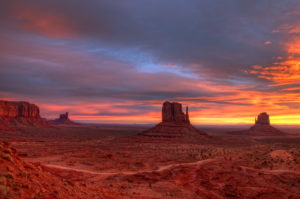
Your first breathtaking view meets you as you first drive into the park and see the iconic Mittens, which are buttes that look like … you guessed it, mittens. The stark contrast of the rock formations against the desert sky may transport you to one of John Wayne’s many movies filmed in the area.
Another must-see view is John Ford’s Point. Director John Ford used Monument Valley in many of his films since it wasn’t a widely visited area at the time. Here you’ll find a cliff that overlooks the valley and the panorama captures many of the most popular rock formations.
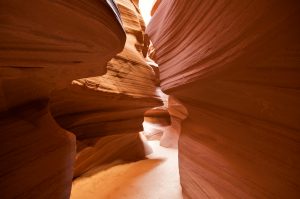
Antelope Canyon
Not a panorama but a slot is the breathtaking view at Antelope Canyon. Antelope Canyon was formed by erosion, primarily powerful flash floods making their way through the soft Navajo sandstone. This flooding over time smoothed the canyon walls so it looks like the rock flows through the canyon. Beams of light make their way to the canyon floor, almost like spotlights, highlighting the varied colors of the canyon walls.
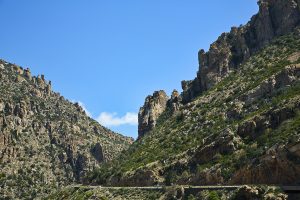
Mount Lemmon
The Mount Lemmon Scenic Byway is worth the drive. Start in Tucson, elevation 2,000 ft., and wind your way up to 9,139 ft. The temperature is easily 30 degrees cooler than Tucson and the views along this stretch will not disappoint. If you happen to be there in the fall, you can catch the colors changing and eventually snow.
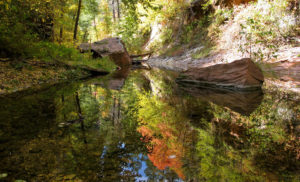
West Fork Trail of Oak Creek
Near Sedona, West Fork of Oak Creek is one of the most popular trails in the Coconino National Forest. Here you hike along the babbling creek as you look up the steep canyon walls. During spring’s migration season, the West Fork is a birders paradise and, in the fall, it is ablaze with color.
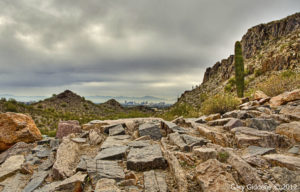
Piestewa Peak
When you take the Piestewa Peak Summit Trail, you will be rewarded with a 360-degree view of the Phoenix metro area. It’s a popular hike in and hike out trail since it is convenient to Phoenix and Scottsdale. Although the trail is short, just over a mile, it is steep, gaining 1,200 feet in elevation. It’s worth the effort for the city and mountain views along the way.


